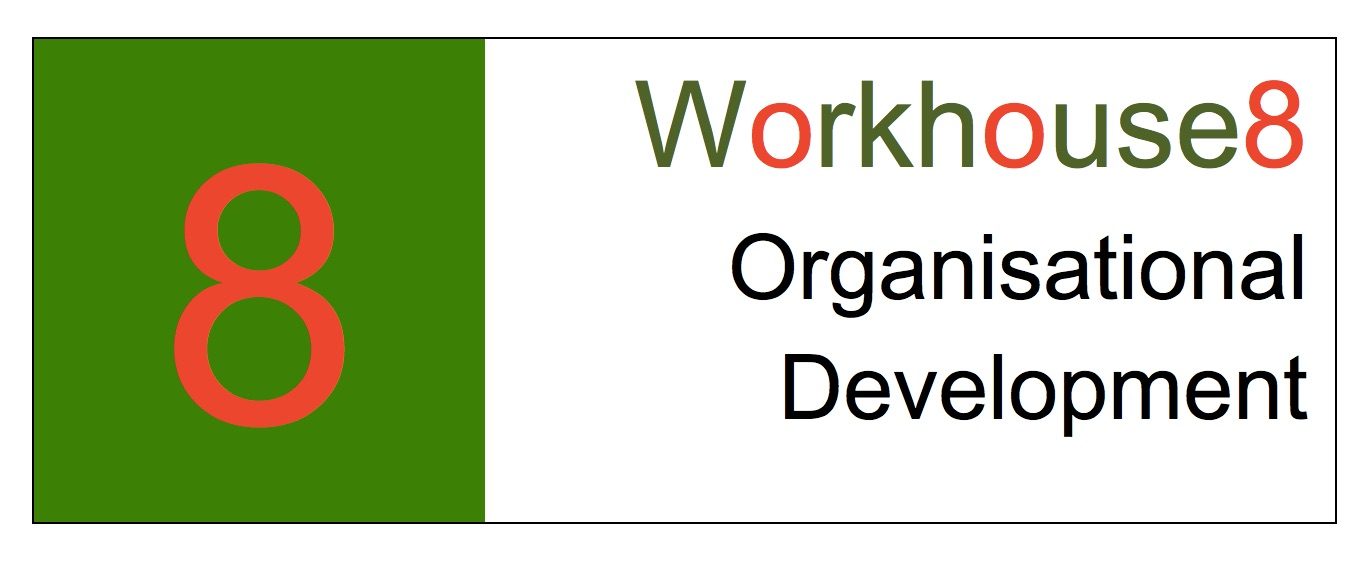
Well, there is some truth in that. The degree to which organisations have been developed by people with heterogametic chromosomes is very substantial. The church, the state, financial services, universities, technology sectors, engineering. The rules (especially the unwritten ones) of these organisations have been developed to make sure that the people in them (mostly men) can feel they fit in and understand one another. The context in which these organisations operate requires collective relational behaviours (competition, lobbying, patronage) that are also likely to be those that appeal to men. What organisation has not, at some stage, devoted its wealth to erecting a huge phallus of a tower in amongst those of its neighbours? Why choose to express yourself like that?
Of course, these organisations do not (any more) exclude women from membership. But at their heart, they remain fundamentally male in their basic assumptions. This, it is held, makes the process of integration and progression in such organisations much more of a compromise to women than it is to men. Hardly surprising, therefore, that so relatively few women inhabit the positions of power in our organisations, despite legislation, goodwill, social engineering and protest.
Addressing this issue is a substantial challenge for organisational developers; not least because it requires a journey to the very basic assumptions of the organisation, the glue that holds it together. If you succeed in changing one part of the organisation in this way, it begins to clash with the other parts; if you change the whole organisation, it grates against its wider context; you end up feeling you have to change the world. Not an easy thing to do if you’ve only got a couple of strategic away-days as your opportunity.
This is not a reason not to do the work, however. Helping organisations to see for themselves how their shared assumptions might be laden with unconscious bias is an important contribution to their development. Encouraging leaders and managers to look beyond their “common sense” view that this is just the way the world is and to embrace their responsibility for making it different is both a moral challenge and a practical task. It is not right that women, or indeed any group of people, are under-represented in the distribution of organisational power on the basis of their characteristics rather than their competence; neither is it efficient to underuse 50 percent of the talent available to your organisation.
